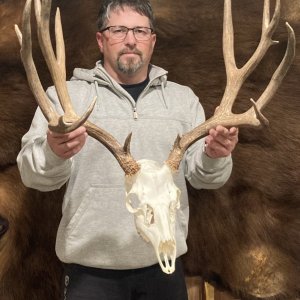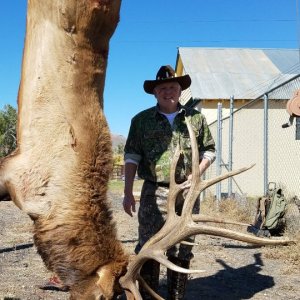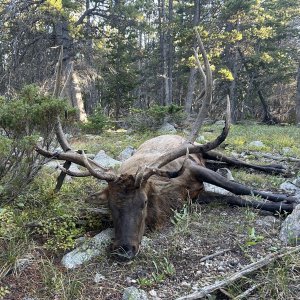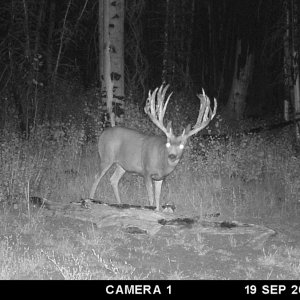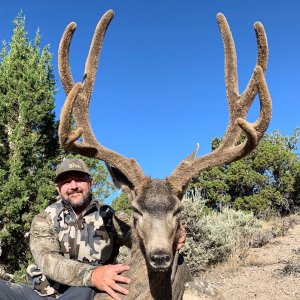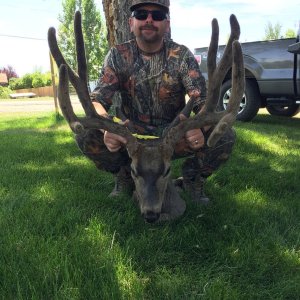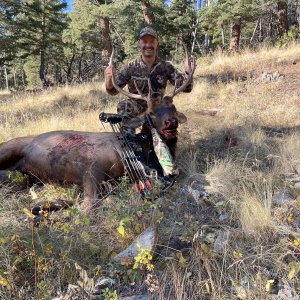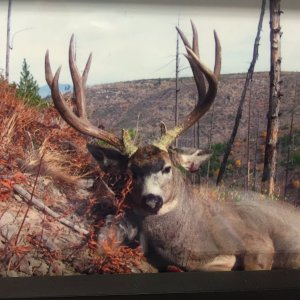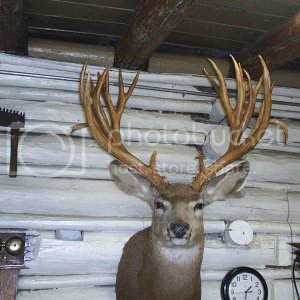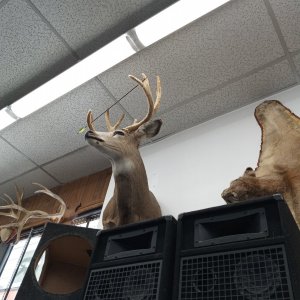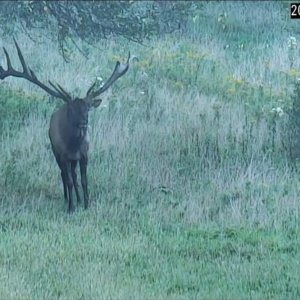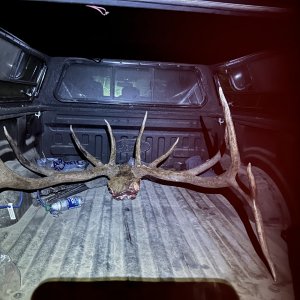fatrooster
Long Time Member
- Messages
- 4,187
Ok, I keep hearing that antler growth is related to moisture and in drought years the antler growth will be stunted. But in the last several years we've seen plenty of giant elk taken with monster scores in states like Utah, Nevada, and Arizona just to name a couple of deserty states. I'm beginning to question that theory. We've got elk in the East and we've got them in the far West such as the Pacific coastal states and both of these places recieve plenty of rainfall. Why aren't the world record elk coming from these areas. Too much moisture? I'm getting confused. Fatrooster.

